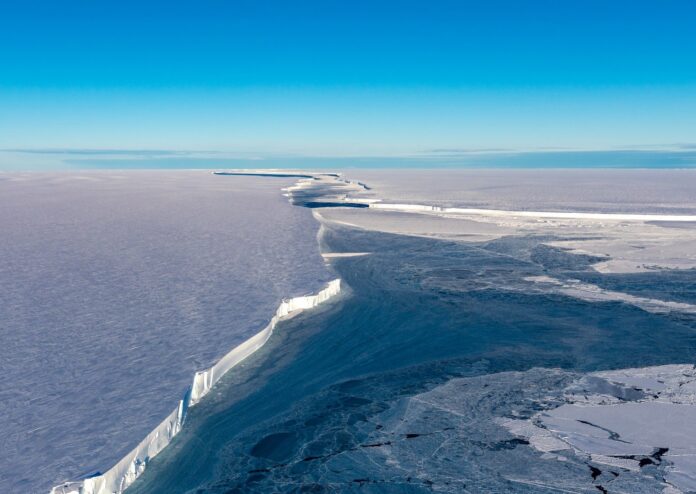Scientists from the North Pole University Norway (Uit) refuted the hypothesis that was widely developed that during the coldest ice ages, the Arctic Ocean was completely covered with an ice shelter with a kilometer thick.
According to their study, even during severe cold periods, the Arctic kept open water areas with seasonal marine ice, providing conditions for life.
team lesson The sediments are intended from the bottom of the Arctic Ocean and the Yermak Plateau. These samples contain chemical signatures of old algae, specifically a molecule called IP25, which is produced by algae that lives in the seasonal marine ice that is formed and melts throughout the year.
The presence of this molecule in the layers of sediment indicates that the ice cover was not continuing and permanently.
To support their findings, scientists have used a high -resolution computer model, a model of the Earth system, which simulated the conditions in the Arctic during two main periods: the last binding limit about 21,000 years and the period of about 140,000 years ago, when ice leaves covered large areas of the Arctic.
Modeling showed that even during these periods, the waters of the warm Atlantic Ocean penetrated the Arctic, preventing the ocean from completely freezing and maintaining the melting of seasonal ice.
The results of the study raises doubts about the theory that the huge ice shelf covered the entire Arctic Ocean for thousands of years.
Although local and temporary ice compulsions have occurred, there is no evidence of its wide existence in the Arctic. There was only a short -term decrease in biological activity about 650,000 years ago, which scientists believe is temporary.
Geret Lahman of the Helmhultz Center for Polar and Navy Research says that understanding the dynamics of marine and ice currents in the past helps to better predict the changes in the ice cover and marine ecosystems in the context of the warming climate today.


